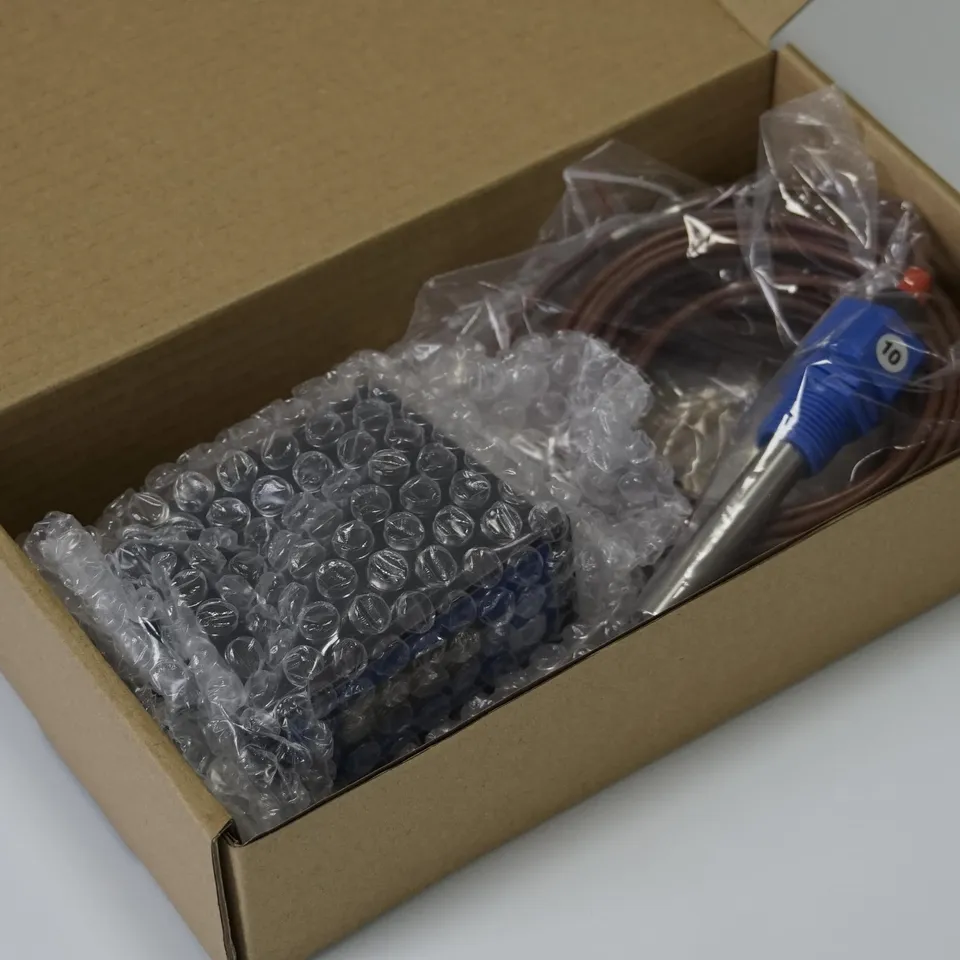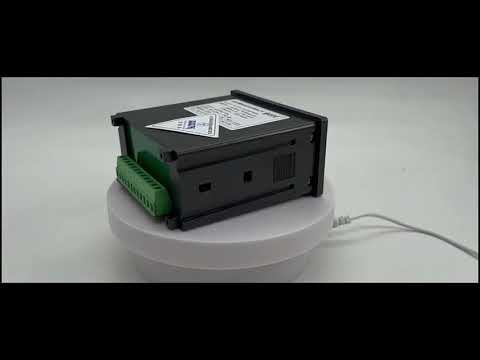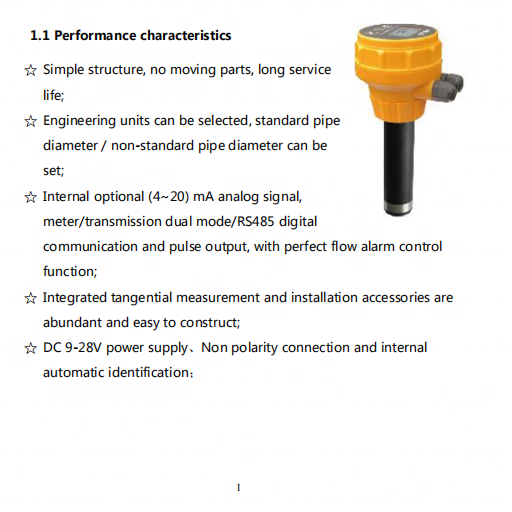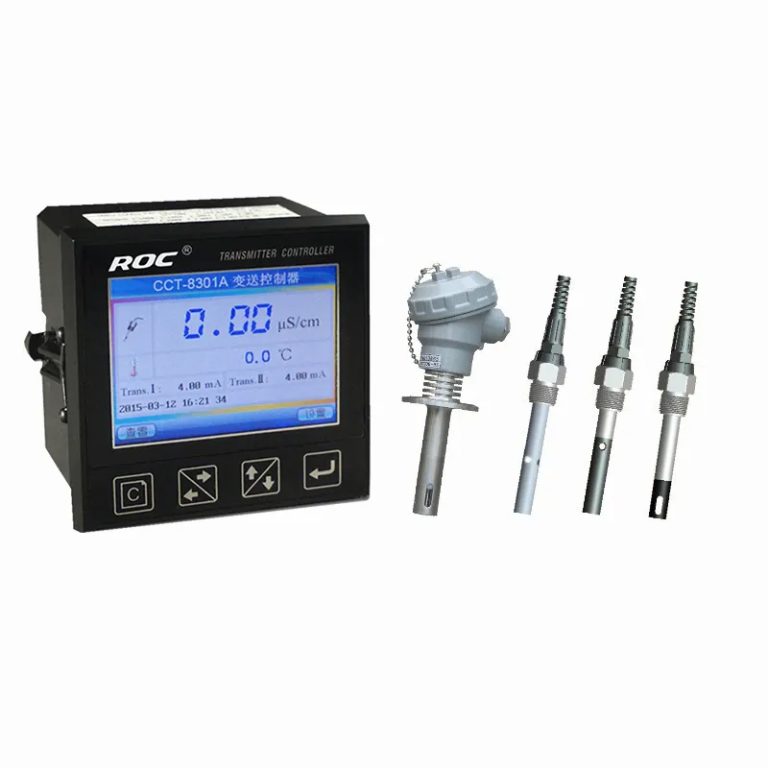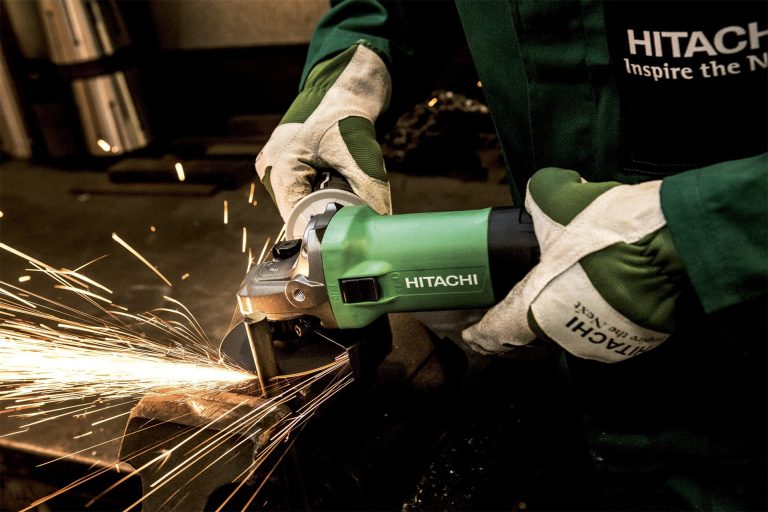Table of Contents
Benefits of Temperature Compensation in Conductivity Measurement
Conductivity measurement is a crucial parameter in various industries such as water treatment, pharmaceuticals, and food and beverage production. It is used to monitor the purity of water, the concentration of chemicals, and the overall quality of products. However, one challenge that often arises in conductivity measurement is the effect of temperature on the accuracy of the readings.
Temperature can significantly impact the conductivity of a solution. As the temperature of a solution increases, the ions in the solution become more mobile, leading to an increase in conductivity. Conversely, as the temperature decreases, the ions become less mobile, resulting in a decrease in conductivity. This temperature dependency can introduce errors in conductivity measurements if not properly compensated for.
One way to address this issue is through temperature compensation. Temperature compensation involves adjusting the conductivity readings based on the temperature of the solution being measured. By taking into account the temperature effect on conductivity, temperature-compensated conductivity measurements provide more accurate and reliable results.
One of the key benefits of temperature compensation in conductivity measurement is improved accuracy. By accounting for the temperature dependency of conductivity, temperature-compensated measurements can provide more precise readings, even in fluctuating temperature conditions. This is particularly important in applications where precise control of conductivity is critical, such as in water treatment processes or chemical manufacturing.
Another benefit of temperature compensation is increased consistency in measurements. Without temperature compensation, variations in temperature can lead to inconsistencies in conductivity readings, making it difficult to compare results over time. By applying temperature compensation, measurements can be standardized and normalized, allowing for more reliable data analysis and trend monitoring.
Temperature compensation also helps to extend the lifespan of conductivity sensors. Fluctuations in temperature can put stress on conductivity sensors, leading to premature wear and degradation. By compensating for temperature effects, conductivity sensors can operate more efficiently and accurately, reducing the risk of sensor damage and prolonging their lifespan.
Furthermore, temperature compensation can enhance the overall efficiency of conductivity measurement systems. By ensuring that conductivity readings are accurate and consistent, temperature compensation can help to streamline processes, optimize resource utilization, and minimize downtime. This can result in cost savings and improved productivity for industries that rely on conductivity measurement for quality control and process optimization.
In conclusion, temperature compensation plays a crucial role in enhancing the accuracy, consistency, and efficiency of conductivity measurement. By accounting for the temperature dependency of conductivity, temperature-compensated measurements provide more reliable and precise results, leading to improved quality control, process optimization, and cost savings for various industries. Temperature compensation is a valuable tool for ensuring the reliability and effectiveness of conductivity measurement systems in a wide range of applications.
How to Implement Temperature Compensation in Conductivity Measurement Systems
Temperature compensation is a crucial aspect of conductivity measurement systems, as variations in temperature can significantly impact the accuracy of the readings. In order to ensure reliable and consistent results, it is important to implement temperature compensation techniques in these systems.
| Model | CLA-7000 Series Free Chlorine(DPD)online automatic analyzer |
| Inlet channel | Single channel/Double channel |
| Measurement range | Free chlorine\\uff1a(0.0\\uff5e2.0)mg/L or (0.5\\uff5e10.0)mg/L ,Calculated as Cl2; pH:(0-14); Temperature(0-100)\\u2103 |
| Accuracy | Free chlorine:\\u00b110% or \\u00b10.1/0.25 mg/L; pH:\\u00b10.1pH\\uff1bTemperature\\uff1a\\u00b10.5\\u2103 |
| Measurement Period | \\u22642.5min |
| Sampling interval | The interval (1\\uff5e999) min can be set arbitrarily |
| Maintenance cycle | Recommended once a month (see maintenance chapter) |
| Environmental requirements | A ventilated and dry room without strong vibration;Recommended room temperature\\uff1a(15\\uff5e28)\\u2103\\uff1bRelative humidity\\uff1a\\u226485%\\uff08No condensation\\uff09 |
| Water sample flow | (200-400) mL/min |
| Inlet pressure | (0.1-0.3) bar |
| Inlet water temp. | (0-40)\\u2103 |
| Power supply | AC (100-240)V\\uff1b 50/60Hz |
| Power | 120W |
| Power connection | The 3-core power cord with plug is connected to the mains socket with ground wire |
| Data output | RS232/RS485/(4\\uff5e20)mA |
| Size | H*W*D:(800*400*200)mm |
One common method of temperature compensation in conductivity measurement is to use a temperature sensor to monitor the temperature of the solution being measured. By incorporating this temperature data into the conductivity calculation, the system can adjust for the effects of temperature on the conductivity readings. This helps to provide more accurate and reliable results, especially in applications where temperature fluctuations are common.
Another approach to temperature compensation is to use a temperature coefficient to adjust the conductivity readings based on the temperature of the solution. This coefficient is typically provided by the manufacturer of the conductivity sensor and is used to account for the changes in conductivity that occur with variations in temperature. By applying this coefficient to the conductivity readings, the system can compensate for the effects of temperature and provide more accurate measurements.
It is important to note that temperature compensation is particularly important in applications where precise conductivity measurements are required, such as in the monitoring of water quality or in industrial processes. In these cases, even small variations in temperature can have a significant impact on the accuracy of the readings, making temperature compensation essential for ensuring reliable results.
In addition to using temperature sensors and temperature coefficients, there are other techniques that can be used to implement temperature compensation in conductivity measurement systems. For example, some systems may use software algorithms to adjust the conductivity readings based on the temperature data collected. These algorithms can be customized to account for specific temperature effects and provide more accurate results.
Overall, implementing temperature compensation in conductivity measurement systems is essential for ensuring accurate and reliable results. By using temperature sensors, temperature coefficients, software algorithms, and regular calibration, users can compensate for the effects of temperature on conductivity readings and obtain more precise measurements. This is particularly important in applications where precise conductivity measurements are required, such as in water quality monitoring or industrial processes. By taking the necessary steps to implement temperature compensation, users can have confidence in the accuracy of their conductivity measurements and make informed decisions based on reliable data.
